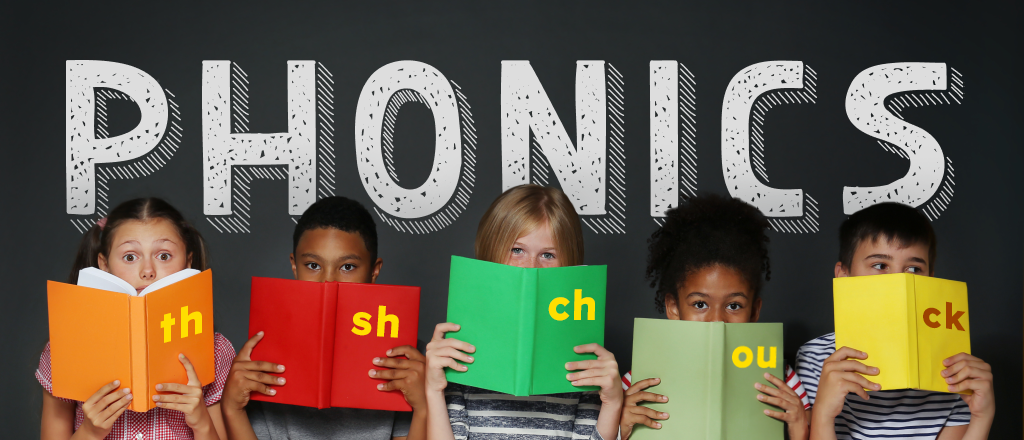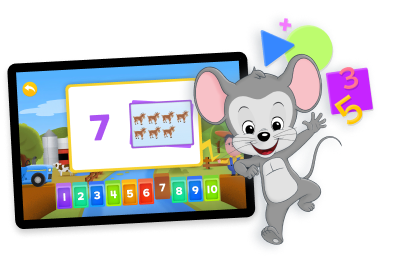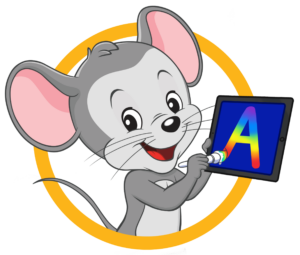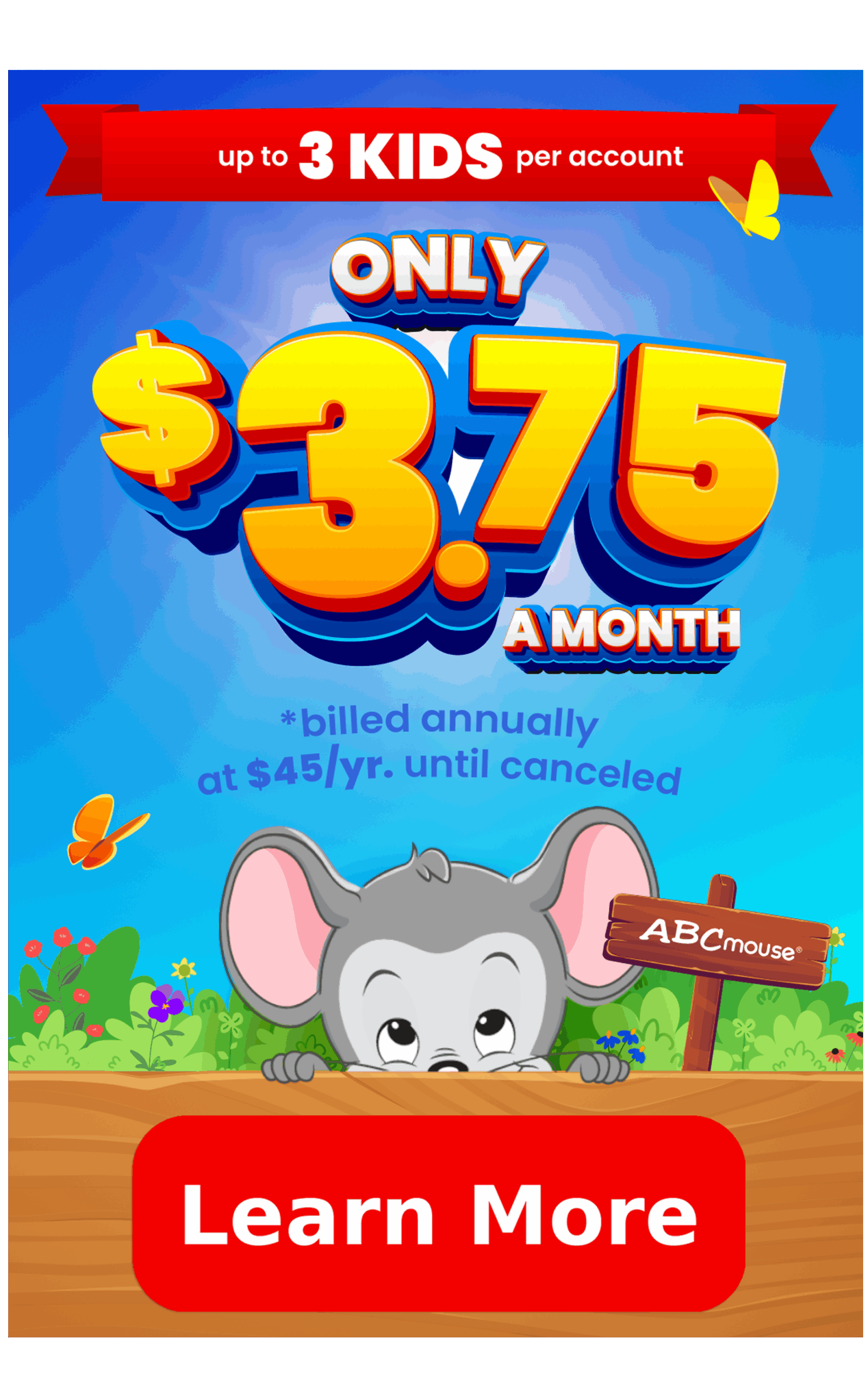
10 Reading Strategies to Grow Kindergarten Literacy Skills
Tips and engaging activities for parents to help their child become a more confident and fluid reader.
It’s such a thrill to see a kindergarten child’s excitement as they read their very first words and sentences. This process comes easily for some children, while others find it more of a challenge. It’s helpful to have a toolbox of reading strategies for kindergarten students at your fingertips, so you can help kids of all abilities build their skills.
This collection of kindergarten reading strategies includes ideas for teaching the mechanics of words, like phonics and decoding. You’ll also find tips for encouraging reading comprehension, making sure kids truly understand what they’re reading. Use a mix of these strategies to help your child become a more fluent, confident reader.

1. Master Letter Recognition and Sounds
Before a child starts to read words, they must be completely comfortable with all of the letters in the alphabet and letter sounds, including these skills:
Phonemic Awareness: Understand that the sounds in words are represented by letters or combinations of letters
Letter Recognition: Recognize the letters on sight and be able to say their names
Letter Sounds One-to-One Correspondence: Be able to say the sound or sounds each letter of the alphabet makes
When children struggle with early reading, it’s often because they haven’t fully mastered these key skills. Focus your attention there first, before jumping ahead to reading words. These letter sound activities for young children are a terrific place to start.
2. Introduce Beginning Phonics
Today’s phonics instruction is the result of decades of research into the science of reading. Phonics essentially teaches kids to match the letters in a word with the sounds they stand for, following a specific set of rules. These rules make our sometimes complicated language easier to read, using a process called decoding (the technical term for “sounding out a word”).

For kindergarteners, that usually means reading simple words where each letter is pronounced using its associated sound, without needing to worry about trickier combinations of letters (like /sh/ or /ou/). We teach kids to break words down into their individual sounds, then run them together to pronounce the whole word. Our free printable decodable word lists can help, and you can find out more about teaching phonics to kindergarteners here.
3. Add in High Frequency and Sight Words
You might be surprised to learn that only 100 English words make up as much as 50 to 60 percent of all written texts. That means it’s more helpful for new readers to focus on those top words, known as “high frequency words.”
There are several theories about how to best teach high frequency words to kids. For a long time, reading programs have focused on just memorizing the words by sight. These are usually broken into lists by grade level and used as spelling words. You can also teach them using fun hands-on activities, like the ones found here. Further enhance your child’s practice with high frequency words by reviewing sight words lists and playing games like sight word Bingo.
Newer reading theories suggest it’s better to teach regularly-spelled high frequency words as part of phonics instruction, avoiding the need to memorize whenever possible. Find out more about teaching high frequency words here.
4. Learn About Word Families

In phonics, word families are those that have the same ending sounds, such as cat, hat, and rat. Recognizing a word family makes it much easier to decode new words. Imagine a child already knows how to pronounce “cat.” When they encounter the word “rat” for the first time, they can see that it ends with the same letters and likely the same sound, so they only need to sound out the first letter, /r/.
The terrific thing about word families is that they rhyme! That makes learning them fun, as kids can create their own poems and songs with these words. It’s also entertaining to hold contests to see who can come up with the most words that rhyme with a specific starter word, like “man.” (Ban, can, fan, pan). Get some practice with kindergarten word families using our free printable worksheets or our free printable word family lists.
5. Look for Context Clues
Readers use context to help them understand words they don’t recognize. For kindergarten, that often means looking at the pictures in their books. If your child is struggling to decode a word, invite them to look at the pictures on the page to see if they find any clues to help them along.
You can also use context clues to build vocabulary when reading aloud to your child, or participating in shared reading. If you come across a word they don’t know the meaning of, explore the pictures and the rest of the sentence or paragraph, together to see if they can figure out the definition.
6. Predict the Action and Discuss Characters
Pictures can also help kids predict what might happen in a story. As you read books together, stop along the way and ask them what they think might happen next. Consider what you’ve already read, and go back to look at previous pictures for clues.

Take time to talk about the characters too. Ask your child to describe them, and ask why they think a character did or said something. Discuss whether they like or dislike any of the characters, and why, and if they relate to any of them in particular.
Discussions like these are part of reading comprehension, and they pave the way for deeper exploration of literature as students get older. Find more reading comprehension activities for kindergarteners here.
7. Retell and Sequence Stories
Another important way to measure comprehension is to ask your child to retell a story you’ve just read. They should be able to repeat the main plot points of the story, and tell them in the right order (known as sequencing). Try these activities:
- Story Panels: Give your child three (or a few more) pieces of paper and ask them to illustrate scenes from the story you just read. Then, have them put those scenes in order, and use them to retell the story.
- Act It Out: Using stuffed animals or other toys, or just their own dramatic selves, encourage kids to act out the story from start to finish.
- Put It In Order: Together, write out a list of things that happened in the story, in no particular order. Put each of these events on a separate card, then have your child help you put them in the proper order.
Note: Learn more about teaching children sequence of events in storytelling here.
8. Choose Skill-Appropriate Books
When you’re reading aloud to your child, you can explore all kinds of books (more on that below). But when you’re choosing books for them to read on their own, you want to maximize their potential to succeed while pushing them just slightly out of their comfort zone. That way they’ll learn, but not be so frustrated that they give up.
Many people use the “five-finger rule.” As your child reads, have them hold up one finger for each word they can’t decode, recognize on sight, or determine from context clues.
- 0-1 Fingers Per Page: This book might be a little too easy.
- 2-3 Fingers Per Page: Perfect! Hard enough to challenge them but not frustrate them.
- 4-5 Fingers Per Page: This one might be a bit too hard, causing kids to give up.
Try this rule with our list of the best books for kindergarteners, which also includes terrific family read-alouds.
9. Read Together Every Day
When kids are young, you have the chance to foster a love of reading that will benefit them their whole life long. Set aside daily reading time, which should include both time for your child to practice their own reading skills, and time for adults to read aloud to kids. Read-alouds give adults the chance to model what fluent reading sounds like, as you give expression and excitement to the story.
This is the time to expose your child to a wide range of topics and types of books. Be sure to read both fiction and non-fiction, in genres like mystery, poetry, and historical fiction. Seek out books with diverse characters, cultures, and settings, so your child is exposed to new ideas each day. Let kids choose their own books, too, and try not to judge what they pick. The most important thing is that kids read, read, read every chance they get.
Pair your daily reading with fun hands-on reading activities, like phonics flip books and rhyming I Spy. We’ve got lots of terrific kindergarten reading activities to try here.
10. Use Online Games and Learning Activities
Kids love the chance to play games online, so make the most of it with quality reading games that teach while kids play. ABCmouse offers dozens of fun reading games for kids, each carefully designed to teach and reinforce specific skills. Check them out here.
Reading with ABCmouse

Want an even more immersive experience? The ABCmouse Reading Program combines an interactive and personalized self-paced online program with offline activities like printables and worksheets. It’s a wonderful way for readers ages 2-8 to develop their reading and comprehension skills, through evidence-based lessons and activities that support and encourage all learners.
#1 Downloaded Kids’ Education App in the U.S.
The ABCmouse app has so much to offer! You and your child will find 10,000+ games and activities designed by curriculum experts to nurture math and reading skills, along with an extensive digital library and so much more. Our research-back curriculum focuses on preschoolers through second graders.


Then just $14.99 a month until canceled
Additional Resources
ABCmouse has kindergarten reading programs and games designed by early education experts to help your child learn to read:
Kindergarten Reading Learning Program by ABCmouse
This comprehensive program offers a variety of online games and educational videos designed to build reading comprehension.
Browse ➜
Educational Reading Games by ABCmouse
Engage your child with interactive reading games with voiced instructions for easier understanding.
Browse ➜
Educational Sight Word Games for Kindergarten by ABCmouse
This resource offers a more focused range of sight word games.
Browse ➜
These resources offer a blend of interactive games and educational content that can make learning to read a fun and rewarding experience.
ABCmouse’s expert advice review process:
Our team of ABCmouse Curriculum Experts, made up of talented professionals in early childhood education and development, take a close look at educational content and learning claims. They put in the effort to make sure our information is accurate and current. We have a certified educator or another respected authority review the content, matching their expertise with the topic at hand. They’ll make sure the content is thorough and follows the latest research and educational guidelines. If they think we can make things even better, they’ll chat with our editorial team, and we’ll make those improvements right away. Only after a reviewer gives their thumbs-up does a piece of content get the official stamp of approval in the byline.
Legal Disclaimer: Any information, materials, or links to third-party resources are provided for informational purposes only. We are not affiliated with and do not sponsor/endorse these third parties and bear no responsibility for the accuracy of content on any external site.


